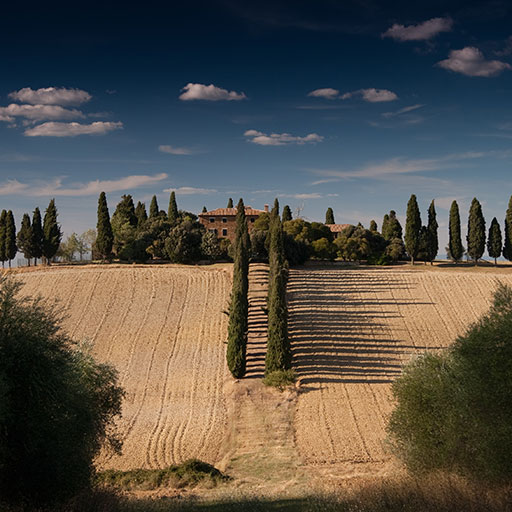



Bauhaus Movement
The State Bauhaus was founded by Walter Gropius as a school of arts in Weimar in 1919. As the Bauhaus was a combination of crafts and arts, its nature and concept was regarded as something completely new back then. Today, the historical Bauhaus is the most influential educational establishment in the fields of architecture, art and design. The Bauhaus existed from 1919 to 1933 and today the world considers it to be the home of the avant-guard of classical modern style in all fields of liberal and applied arts. The resonance of the Bauhaus can still be felt today, essentially characterizing the image of German design abroad.
The rapid development of the Internet has brought this trend forward. In addition, the increasing mobility of the various devices creates brand-new consumption habits. Consumers place video-based contents on the top of their lists. Be it through live streaming or retrievable from a media center whenever desired. "Everywhere and any given time", that is the challenging request companies are faced with in the matter of having an adequate marketing mix.
Brands must become a digital experience today. Users want to be part of an event, even if they are not on site – in this context, mobile live streaming is an important element. This way, the target group can be extended and integrated more comprehensively – either in real-time or on demand. Customers and potential buyers as well as employees and fans can take part directly via the Internet, in particular through social media.
Art and Technology - A new Unity
Bauhaus Architects and Designer
The artists with a vocation for Bauhaus are called "Master of Form", and they have a master craftsman on their side as a technical supervisor. Johannes Itten, Laszlo Moholy-Nagy, who is also head of the metal workshop, and Josef Albers hold preliminary and elementary courses. Lyonel Feininger is head of the printmaking workshop, Gerhard Marcks of the pottery workshop, Georg Munch of the weaving workshop and Wassily Kandinsky and Paul Klee of the glass and wall painting workshop. Oskar Schlemmer is responsible for workshops for stone and wood sculpture as well as for the theater.
Go To Bauhaus Movement